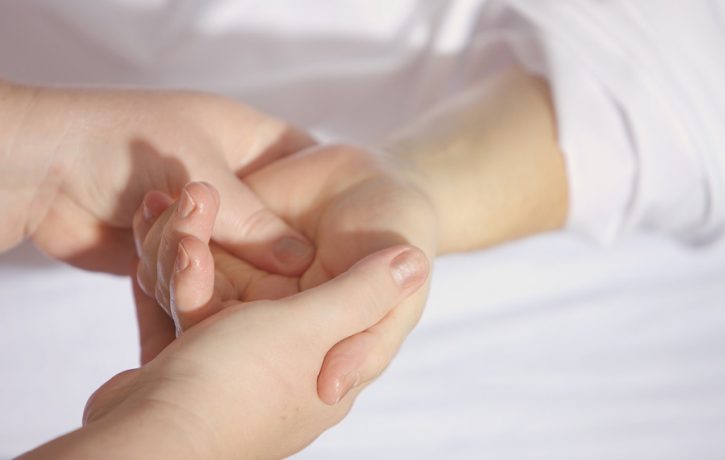in Osteopathy
What is a Treatment Reaction?

In previous blogs I have talked about treatment reactions and I thought it would be a good idea to discuss the cause and process that, first of all can cause an unpleasant response after treatment, but also what are the physiologically theories behind such side effects.
Any intervention that is meant to aid a symptom will have side effects. If it didn’t then there would be no response to the treatment, good or bad. A cause and effect has to occur otherwise the treatment has no efficacy. Taking paracetamol for a headache and feeling relief is a side effect of taking the pills. That is a positive side effect. A negative side effect of taking Paracetamol could be a rash or swelling as a sign of an allergic reaction.
You can apply the same rationale to manual treatments. For the majority of people the treatment will have a positive effect, i.e. they feel better after. There will be some however that may feel worse afterwards. This may be considered a negative effect but the same treatment has been done just with a different immediate outcome. The process of more discomfort after manual treatment can be rationalised by the following analogy.
If you went to the gym for the first time and went through a vigorous workout, you would expect to feel a bit sore and achy for a day or two after. This is a side effect of the workout as it’s an intervention to the body. You would also expect that after the achiness wears off you will feel good again and be able to go and do more at the gym. The more regularly you go then you will feel less negative effects from your workout, you recover quicker and can manage more vigorous exercise.
“Manual Treatment should create side effects”.
That’s a bit of a strong statement, but I believe it. Preferably a side effect should be perceived as positive (or relief of symptoms) however, just making a change is a positive outcome and that could be something that has increased pain.
When symptoms have been lingering for a long period of time (Chronic) the body and brain has adapted to the sensation, It has cocooned the issue and left it there, no healing is taking place. When an intervention is applied in this scenario the treatment may cause the body to return the symptoms to an acute (new onset) stage. This may cause aggravation of symptoms in the short term but the body has been reminded to begin the healing process again and over time will heal and you should get complete relief of symptoms.
When it comes to treatments and side effects there is actually an odd sense within the science community that if there are no negative side effects produced how can we say they are an effective treatment.
I have an Osteopath colleague who works closely with a company that manufactures Low Level Lasers.
Low level laser therapy (LLLT) uses modulated light to cause physiological changes in body tissue. The effect appears to be positive. It can reduce pain and speed healing according to the claims and the company are investing enormous amounts of money into clinical trials to prove their machines work, raise the profile of LLLT and thus make the business a success.
Something I found amusing in talking with my colleague was their desperation for treatments to start producing negative side effects. To date all evidence collected, be it tissue health or reported symptoms have been positive. The treatment seems to work, however, the connotations of not being able to report negative reactions are that it’s not as effective as other treatments may cause a side effect.
It’s almost as if the medical profession responds quicker to a treatment that has a more dramatic effect than one that quietly goes about its business, not causing side effects, just doing what it says on the tin. If you can’t produce a huge list of negative side effects then it can’t be an effective treatment.
Now I’m not saying I agree with this, but I can appreciate the sentiment.
I generally explain to my patients that there is the possibility of a treatment reaction just to reduce the worry if symptoms do aggravate. I still feel it’s a minority of patients that do have treatment reactions but maybe it should be considered that in some individuals and some presentations, symptoms can and do get worse before they get better.
Visit our osteopath Matthew, at The Body Matters, for more advice on osteopathic treatments and side effects.
- Rest and Realign: Coming Home to the Body - 27th October 2025
- Consult Your Body’s Inner Wisdom - 25th September 2025
- Unpacking Misconceptions About Deep Rest Meditation - 26th August 2025
